

Holland
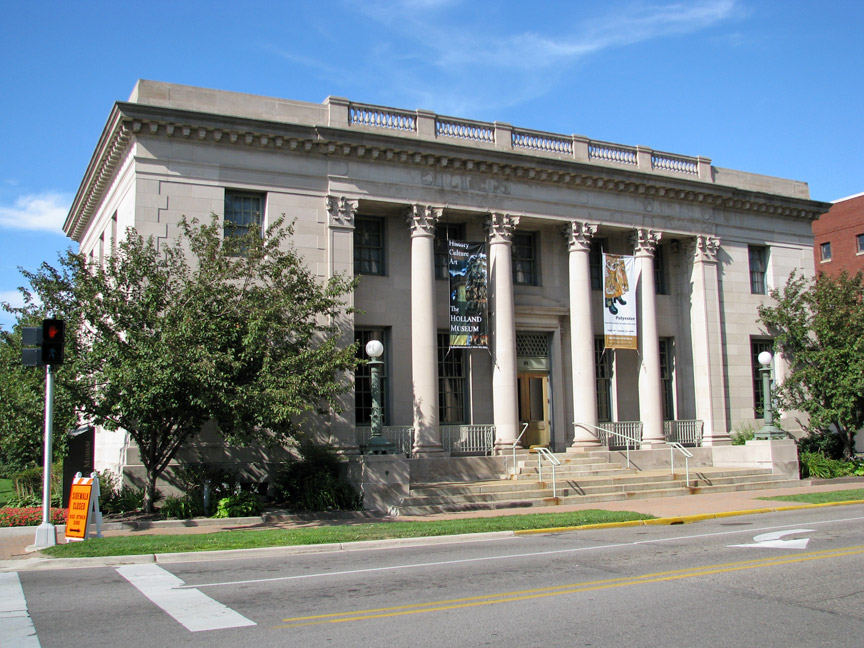
former Post Office in Holland, Michigan
Holland is a city in the western region of the Lower Peninsula of the U.S. state of Michigan. It is situated near the eastern shore of Lake Michigan on Lake Macatawa, which is fed by the Macatawa River (also known locally as the Black River). The city spans the Ottawa/Allegan county line, with 9.08 square miles (23.52 km2) in Ottawa and the remaining 8.13 square miles (21.06 km2) in Allegan. As of the 2000 census, the population was 35,048. As of the 2007 Census estimates, the population of the city was 34,002 with an Urbanized Area population of 95,394. The city is the largest municipality of the Holland-Grand Haven Metropolitan Statistical Area, which has an estimated population of 261,854 as of July 1, 2007. Holland was founded by Dutch Americans, and is in an area that has a large percentage of citizens of Dutch American heritage who live in communities with such Dutch names as Harlem, Zeeland, Vriesland, and Graafschap. Many still practice forms of the Dutch Reformed faith which is based on religious separatism as brought by the original settlers. It is home to Hope College and Western Theological Seminary, institutions of the Reformed Church in America. The city is best known for its Tulip Time Festival, nationally-recognized downtown, and rich Dutch history.
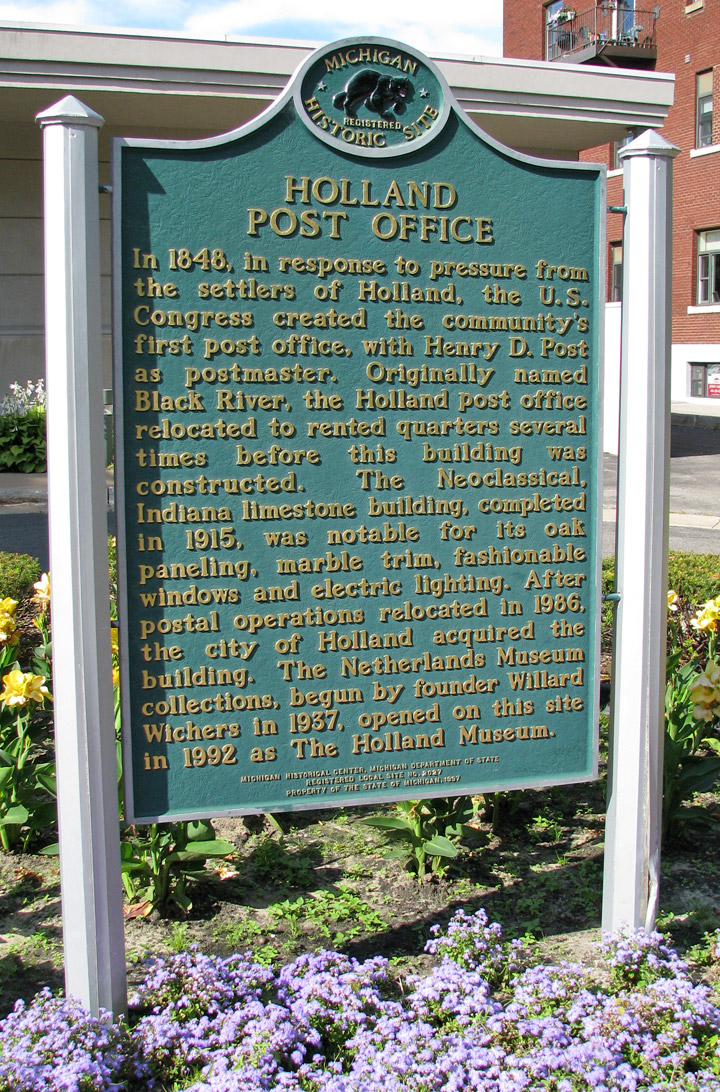
Many Native-American tribes lived in the area and were slowly driven away when
Holland was settled in 1847 by Dutch Calvinist separatists, under the leadership
of Dr. Albertus van Raalte, who were escaping from persecution in The
Netherlands. Van Raalte chose the land due to its proximity to the Black River
where it streamed to Black Lake (now Lake Macatawa) which, in turn, led to Lake
Michigan. The land was inhabited by the Ottawa, which after a cultural clash
with the new Dutch settlers relocated to Northport, Michigan. In Holland's early
history, Van Raalte was a spiritual leader, as well as overseeing political,
educational and financial matters. In 1847 Van Raalte established a congregation
of the Reformed Church in America, which would later be called the First
Reformed Church of Holland. In 1867, Holland was incorporated as a city with
Isaac Cappon being the city's first mayor. There is little mention of the
contributions Native-Americans made to the area of Holland by area historians.
The city suffered a major fire on October 8–9, 1871, the same time as the Great
Chicago Fire in Illinois and the very deadly Peshtigo Fire in Wisconsin.
Manistee and Port Huron, Michigan also burned.
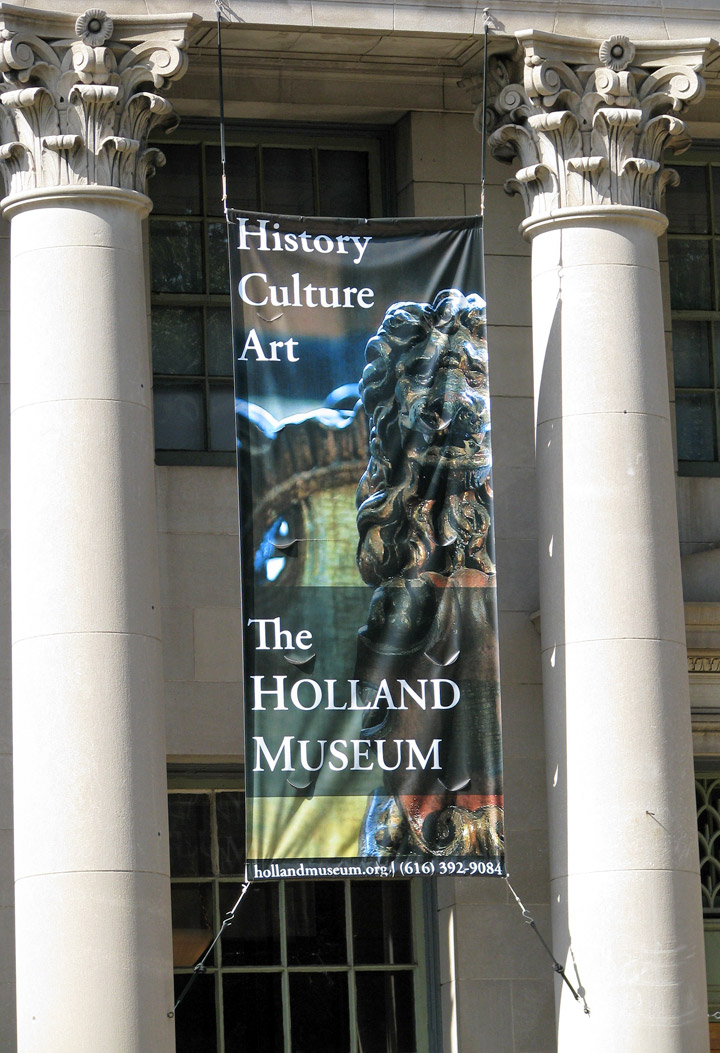
now the Holland Museum
Before the introduction of the Tulip Time festival, Holland was known as the "City of Churches." There are 170 churches in Holland, many of which are affiliated with the Reformed Church in America and Christian Reformed Church in North America denominations. The city is the home to the church that kicked off the trend of the What would Jesus do? bracelets in 1989. Holland retains some ties with the Netherlands. The city was visited by Queen Juliana of the Netherlands in 1952, by Prince Bernard of the Netherlands in 1965, by Queen Beatrix of the Netherlands in 1982, and by Princess Margriet of the Netherlands in 1997. Juliana (while still Princess) received an honorary doctorate from Hope College in 1944. In 1987, 23-year-old recent Hope College graduate and City Council member Phil Tanis was elected mayor of Holland, becoming its youngest mayor.

City Hall
Only the reflection of the rich Dutch culture is needed to be spotlighted to understand Holland government and majory population. The city is home to the Holland Museum, which administers three museum facilities in the city. The first, the Holland Museum, is located in the former post office downtown and contains exhibits about the history of the city and the region. Another, the Cappon House Museum, was built in 1874 and is a historic museum that once housed the first mayor of Holland, influential Dutch immigrant Isaac Cappon. The Settlers House Museum, one of the few homes to survive the 1871 fire, contains furnishings and relics from the 19th Century and illustrates life for the city's working class in the early days of the city.
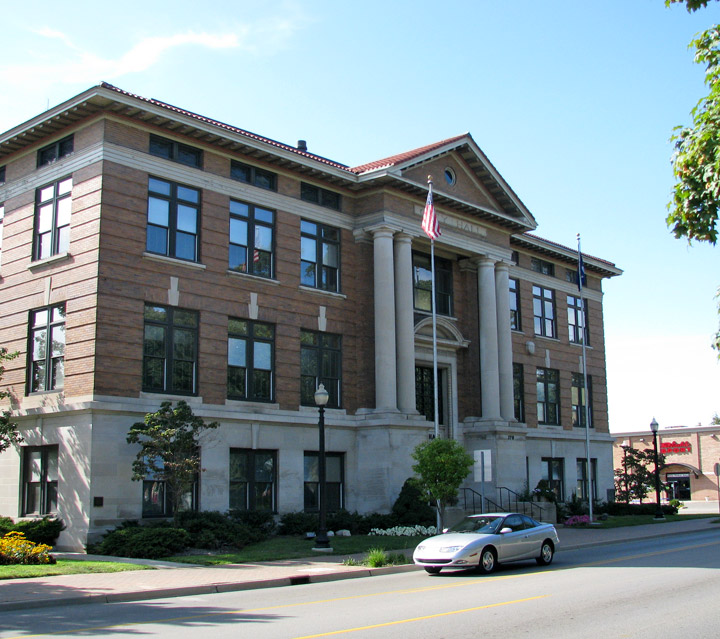
City Hall
Holland's downtown is listed in the National Register of Historic Places. The "Snowmelt Project" established pipes transporting warm water from the nearby power plant to travel underneath downtown with the purpose of clearing the streets and sidewalks in the downtown area of any snow. Nearby Holland State Park is among the most visited parks in the state. Across the channel from the park is the Holland Harbor Light, known as "Big Red", one of the most photographed lighthouses in Michigan. De Zwaan, an original 250-year-old Dutch windmill, is situated on Windmill Island, a municipal park. Its height is 125 feet (38 m) with 40-foot (12 m) sails. Holland is also host to the annual Tulipanes Latino Art & Film Festival, which celebrates the Latino contribution to the culture. Holland is home to the world's largest pickle factory. The H.J. Heinz Company has operated the factory at the same location since 1897 and currently processes over 1 million pounds of pickles per day during the green season. Holland was the unlikely birthplace of Slashdot, an influential early Internet weblog created by Hope College student Rob "CmdrTaco" Malda. CNN Money named Holland as one of the top five places to retire in 2006.
Text from Wikipedia
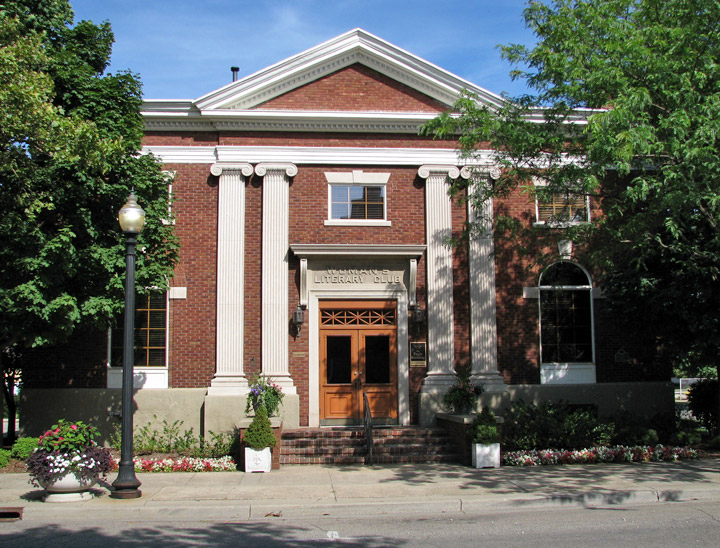
Woman's Literary Club
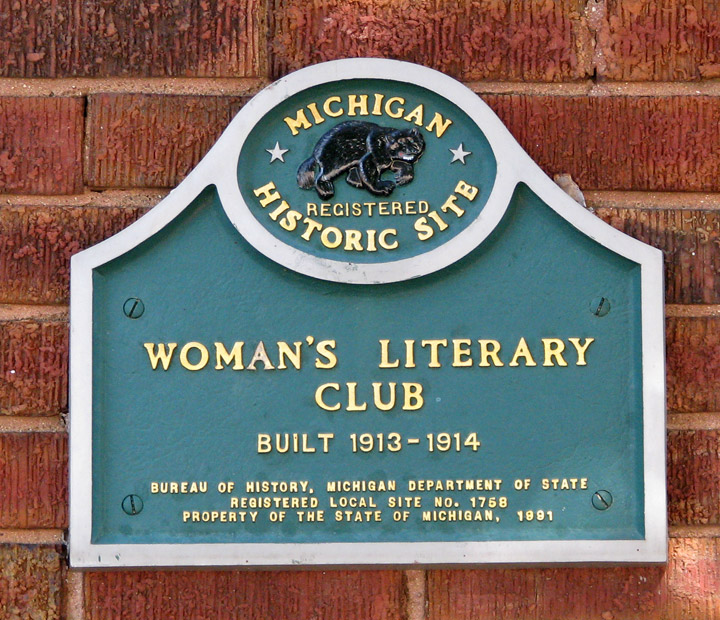
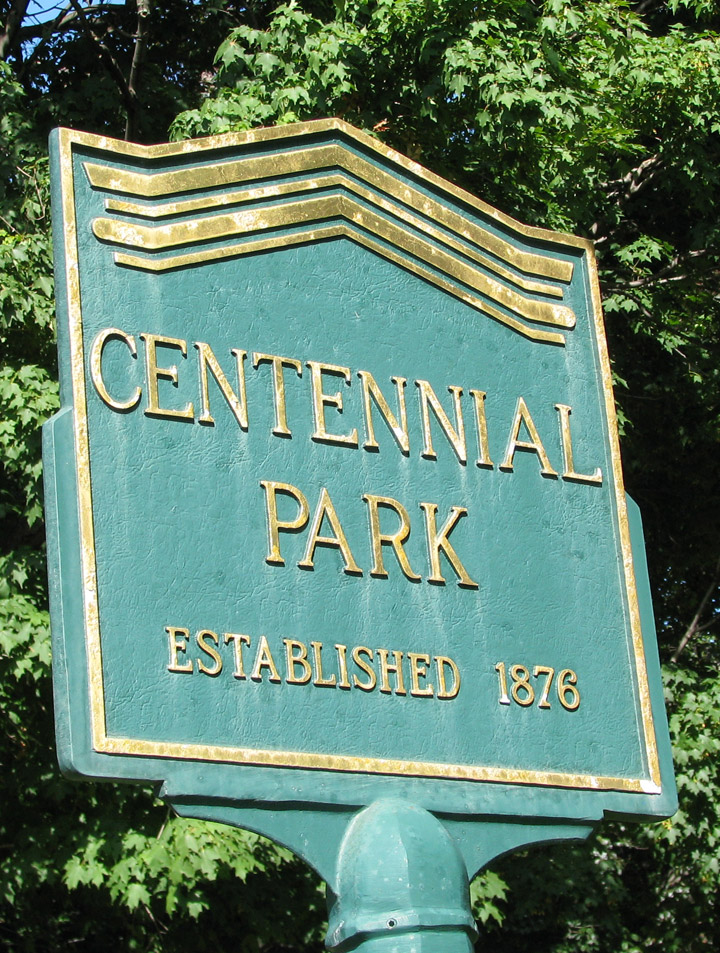
Centennial Park
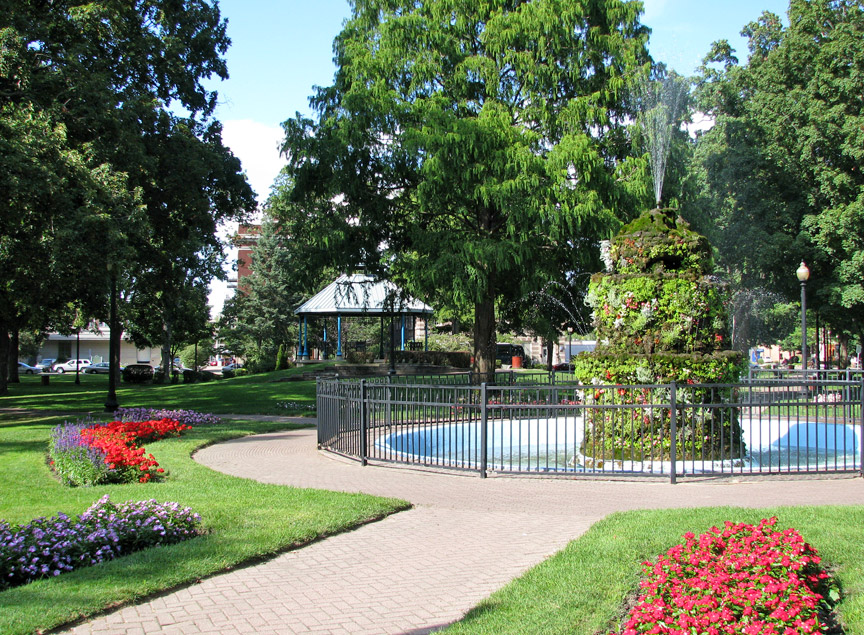
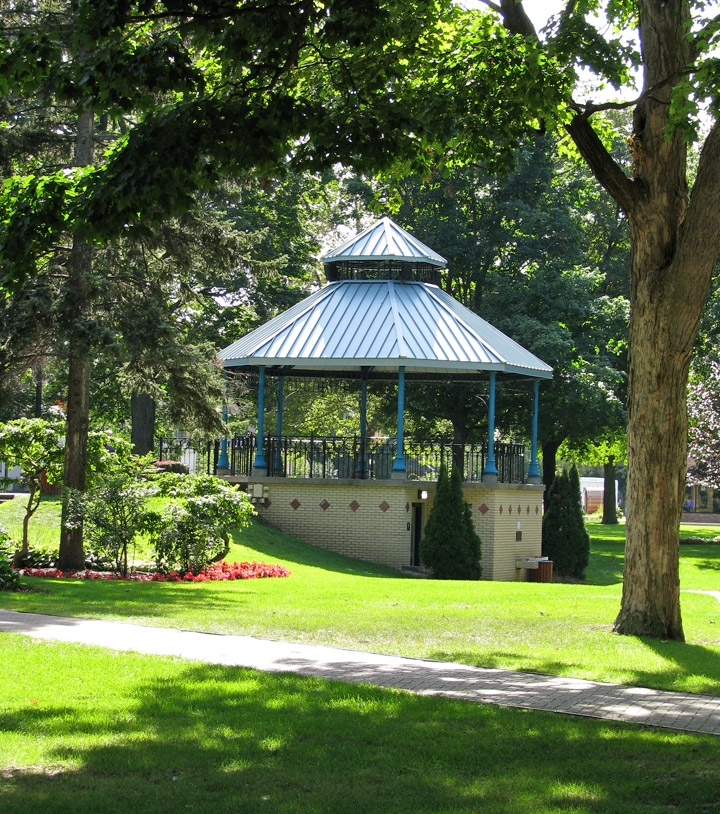
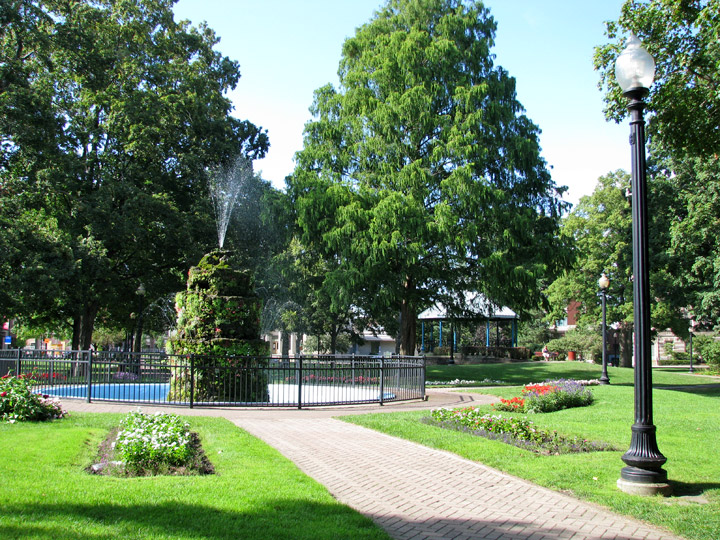
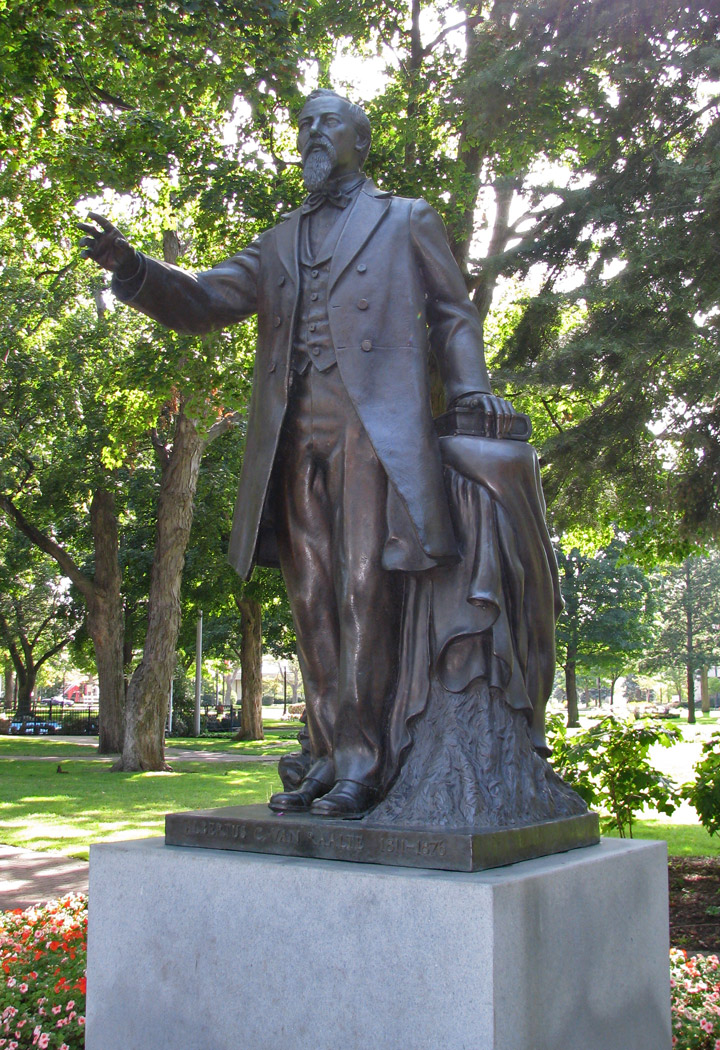
Albertus C. Van Raalte
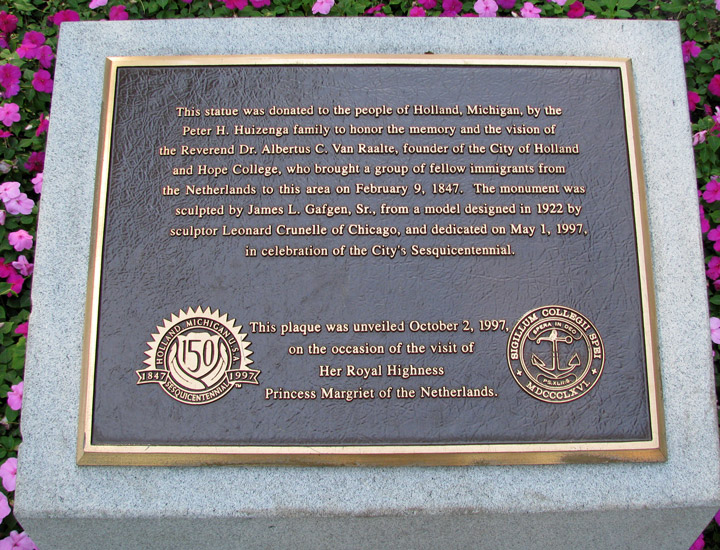

Veterans Memorial
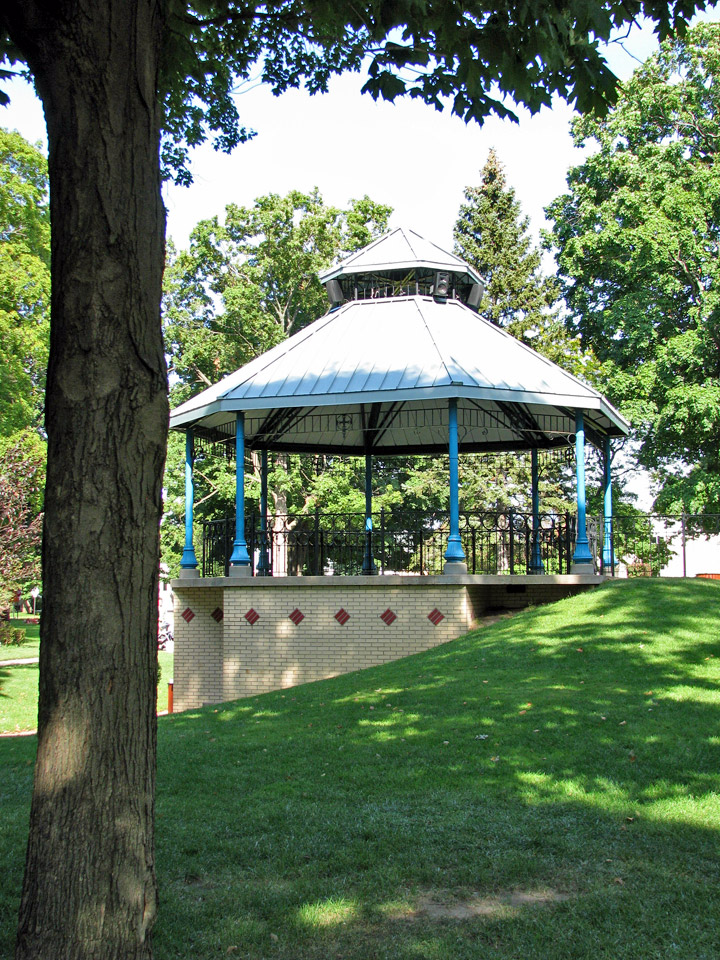
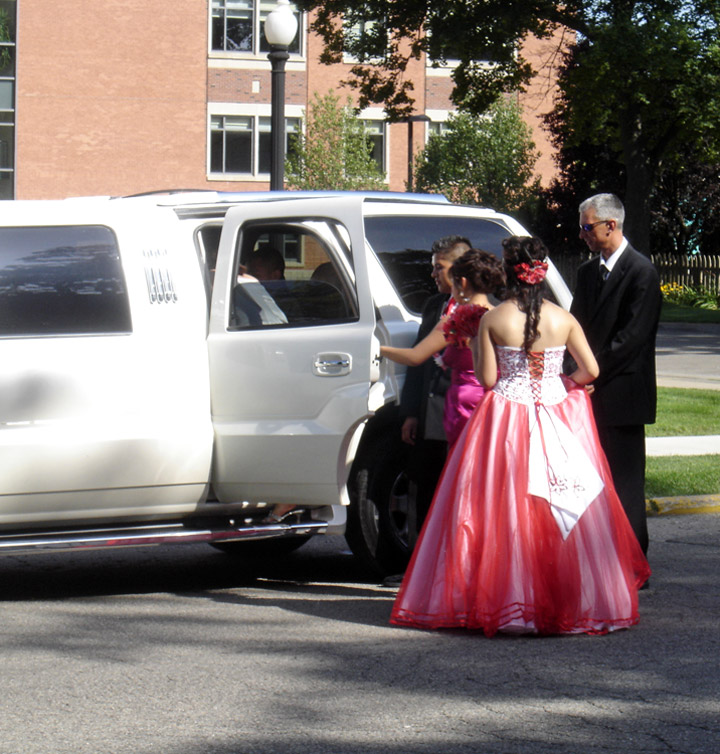
returning from Wedding Photos in the Park
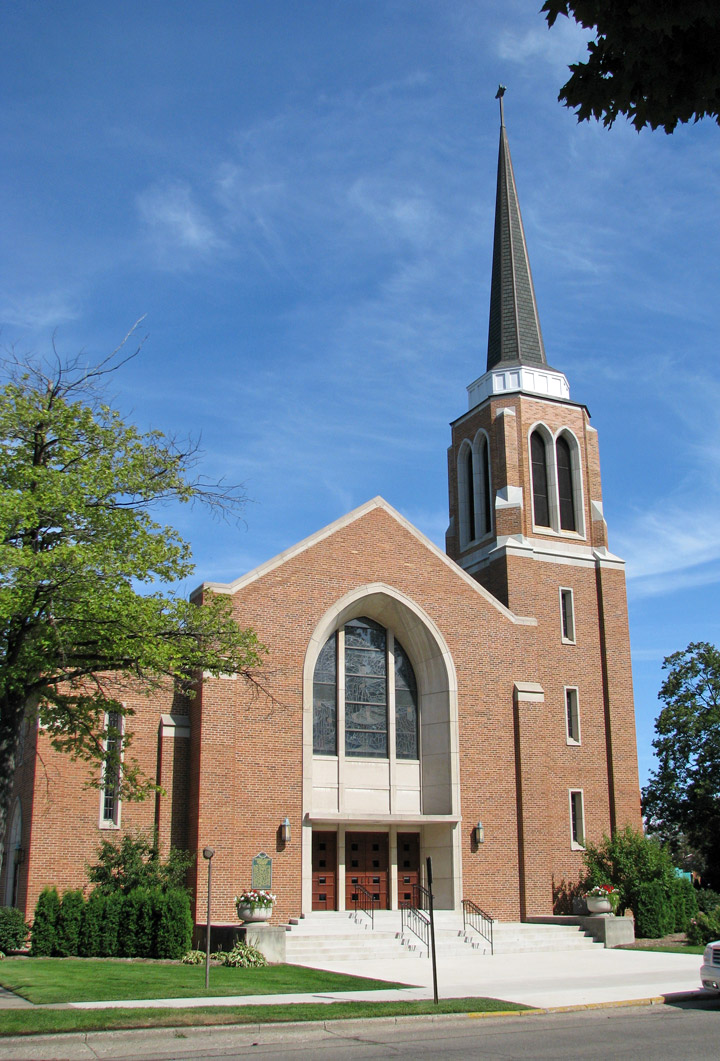
Christian Reformed Church
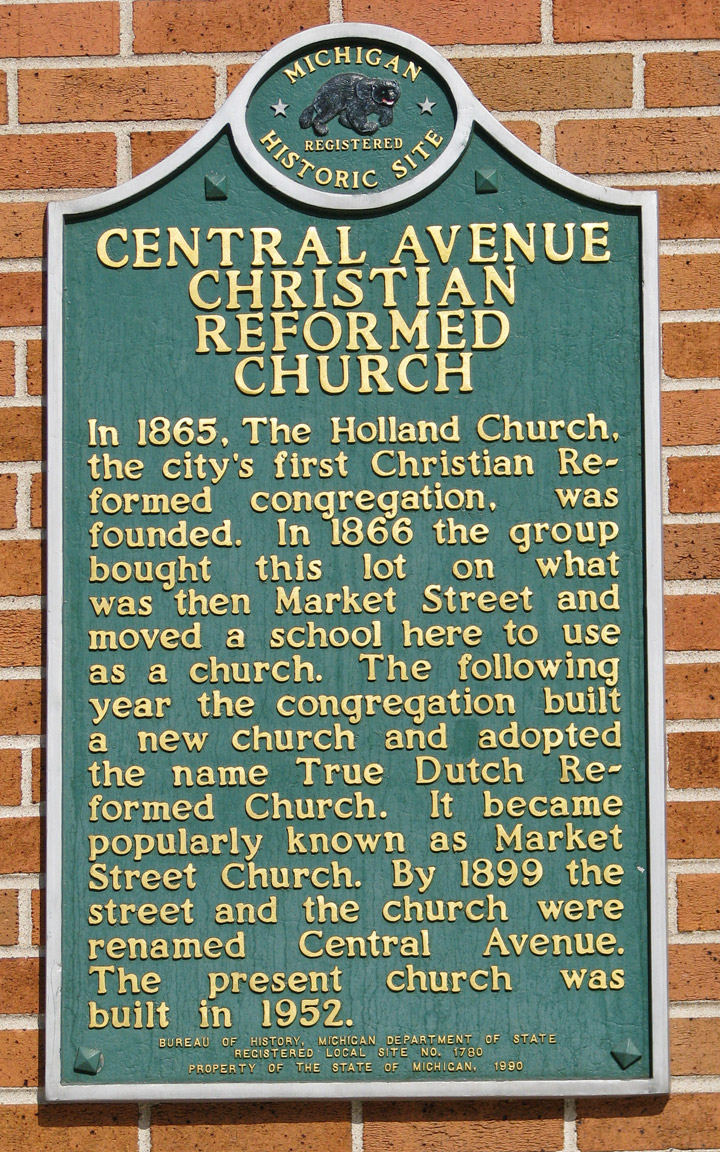
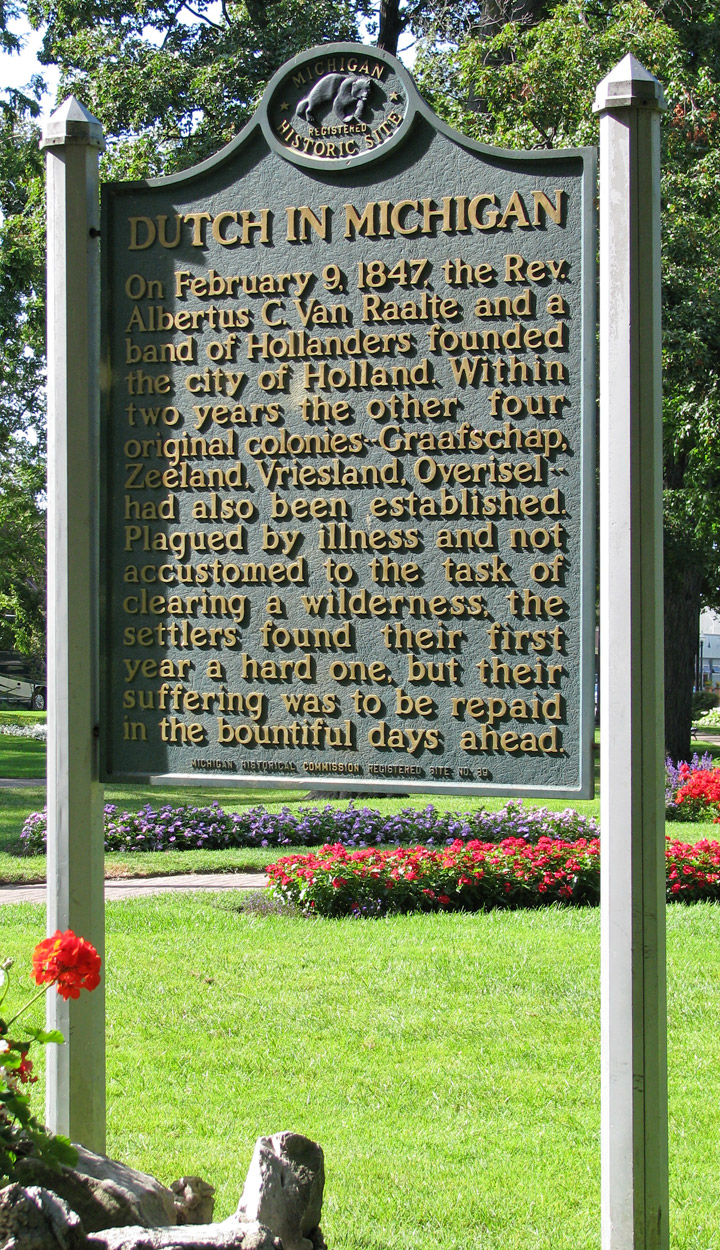
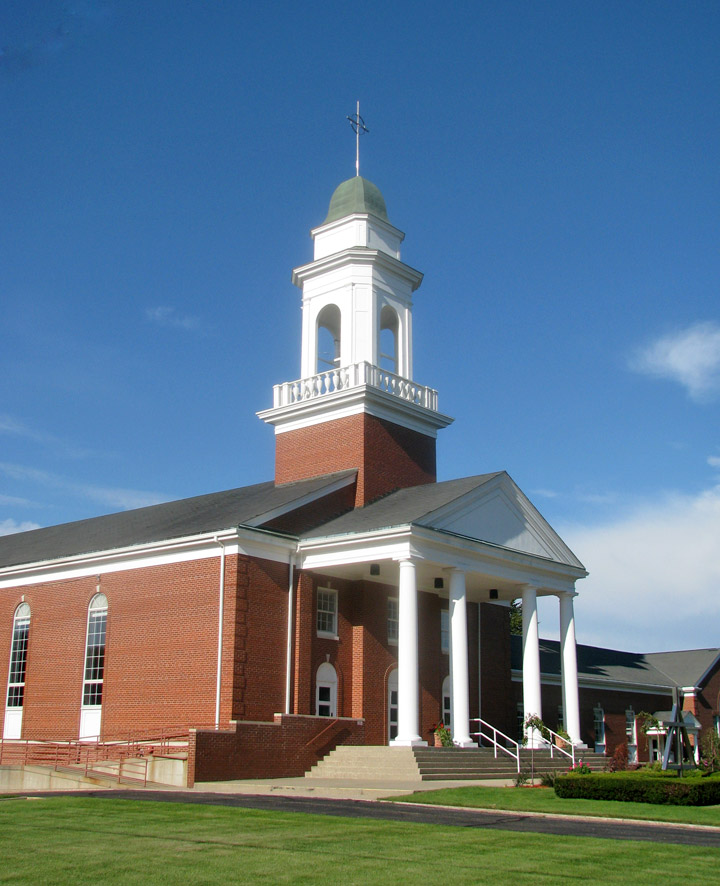
Reformed Church
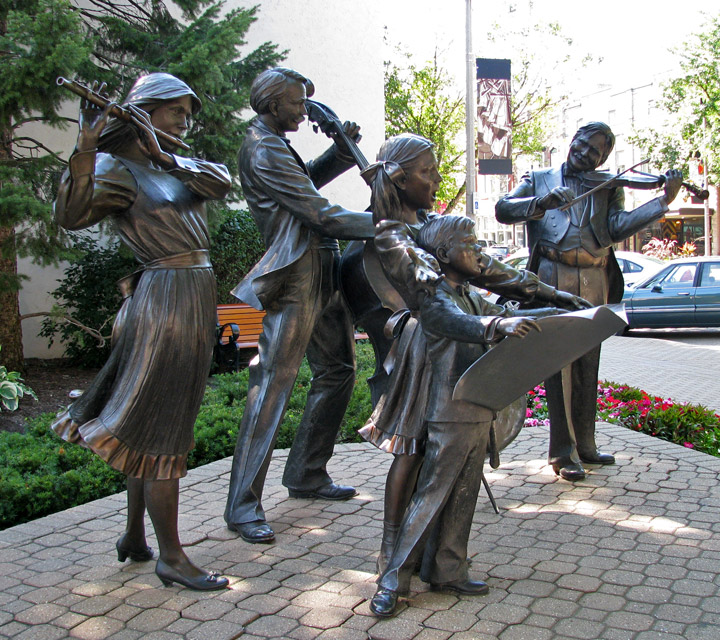
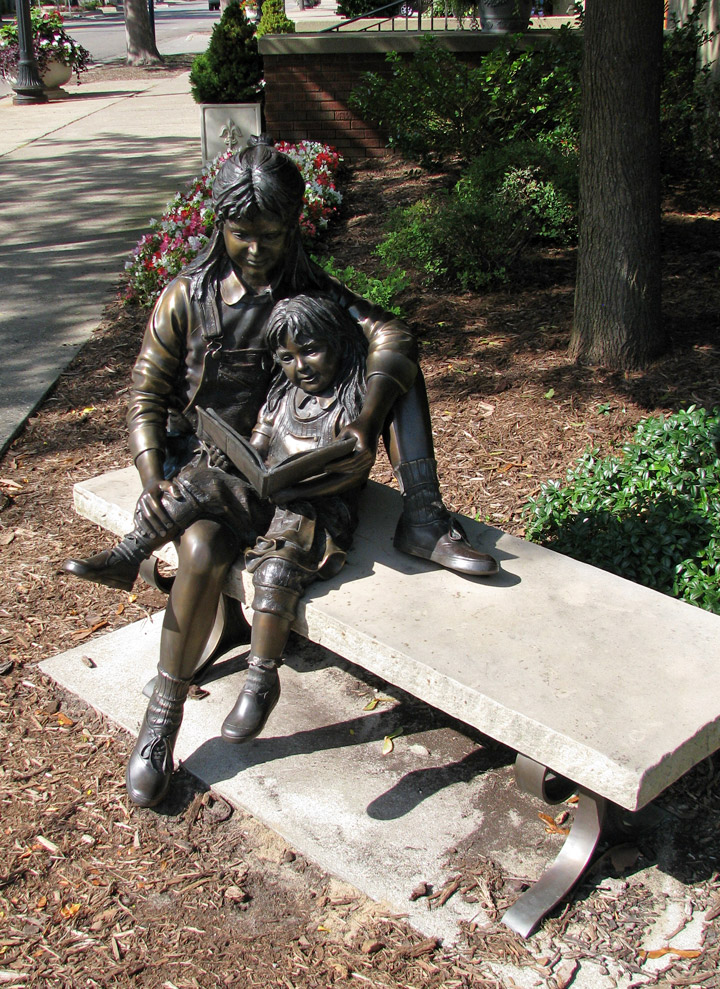
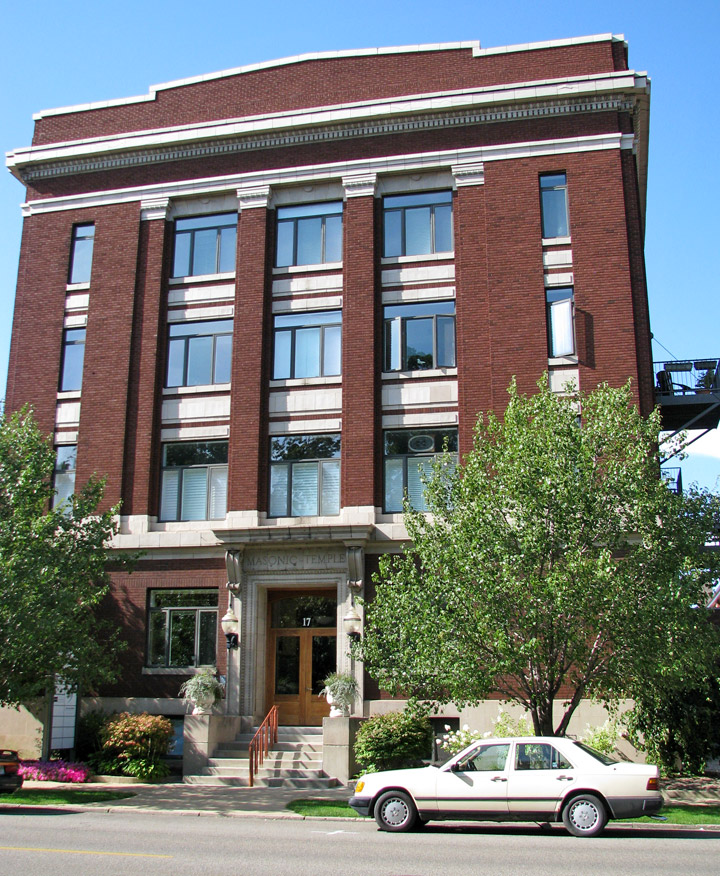
Masonic Temple
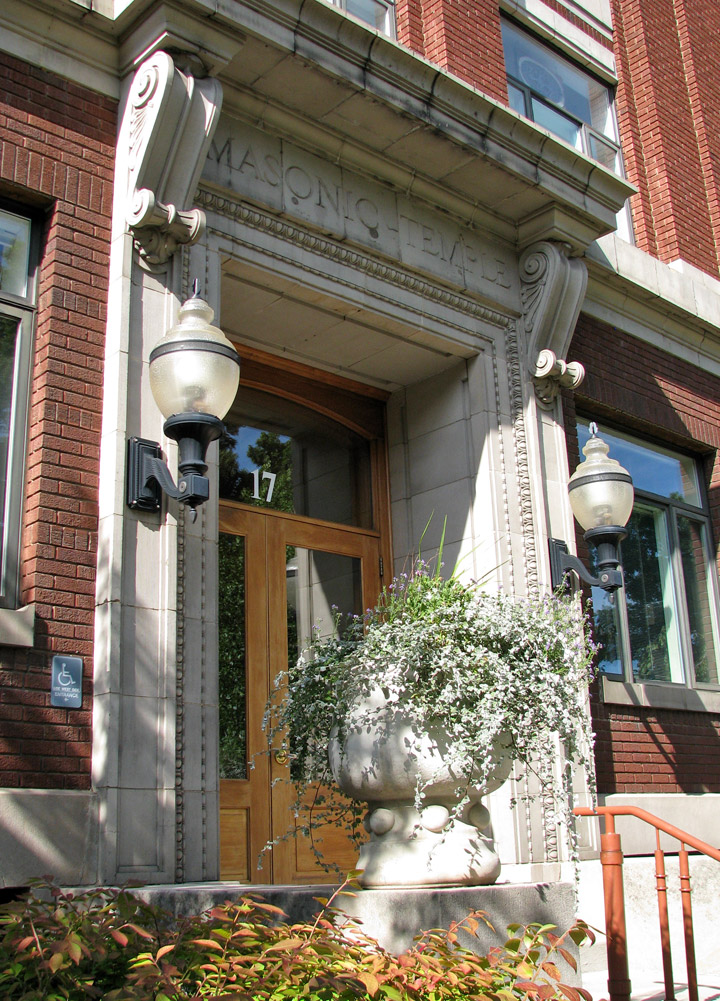
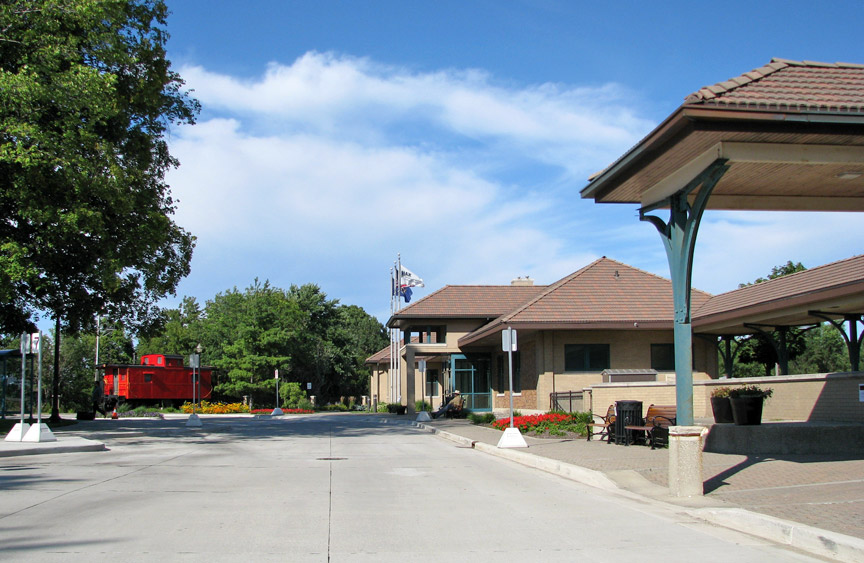
Railroad Station
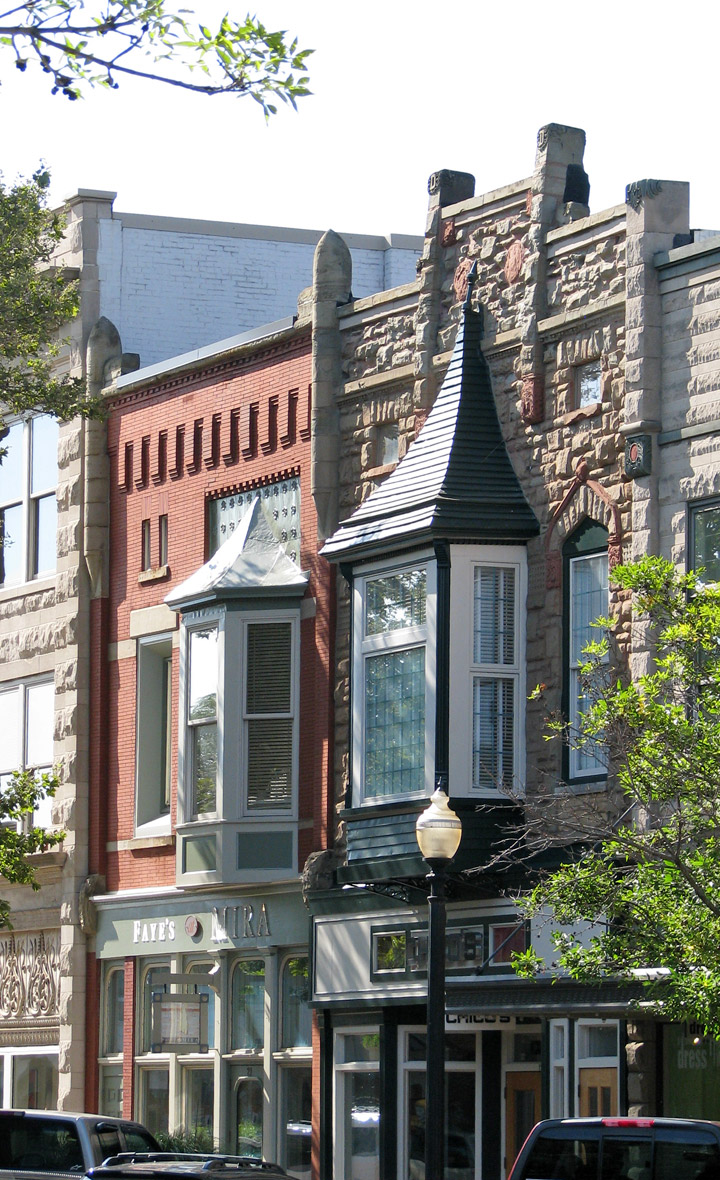
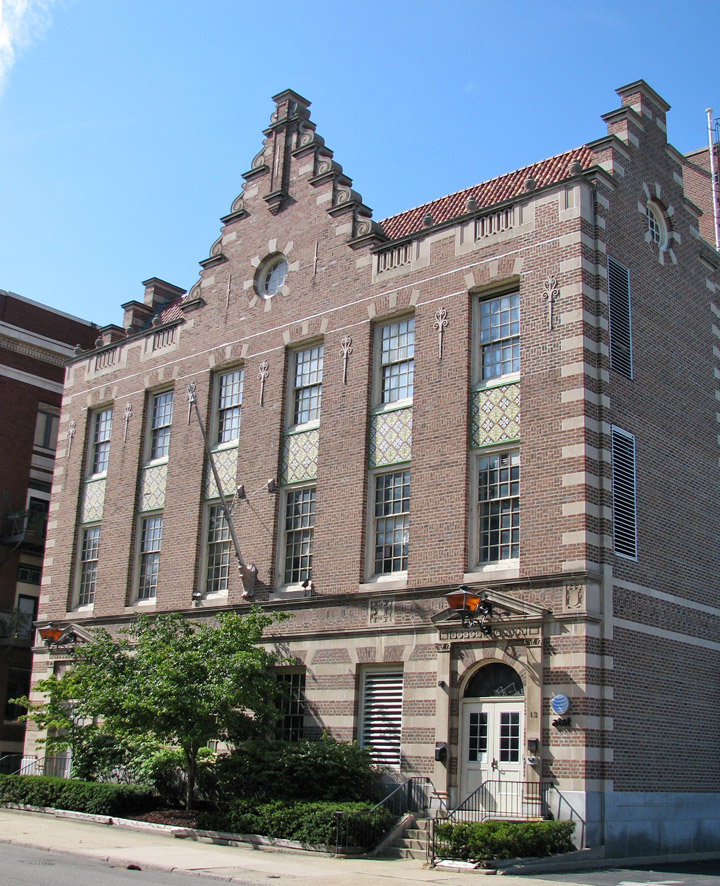
Dutch style architecture

Ottawa Beach, the beach and lakefront, near Holland